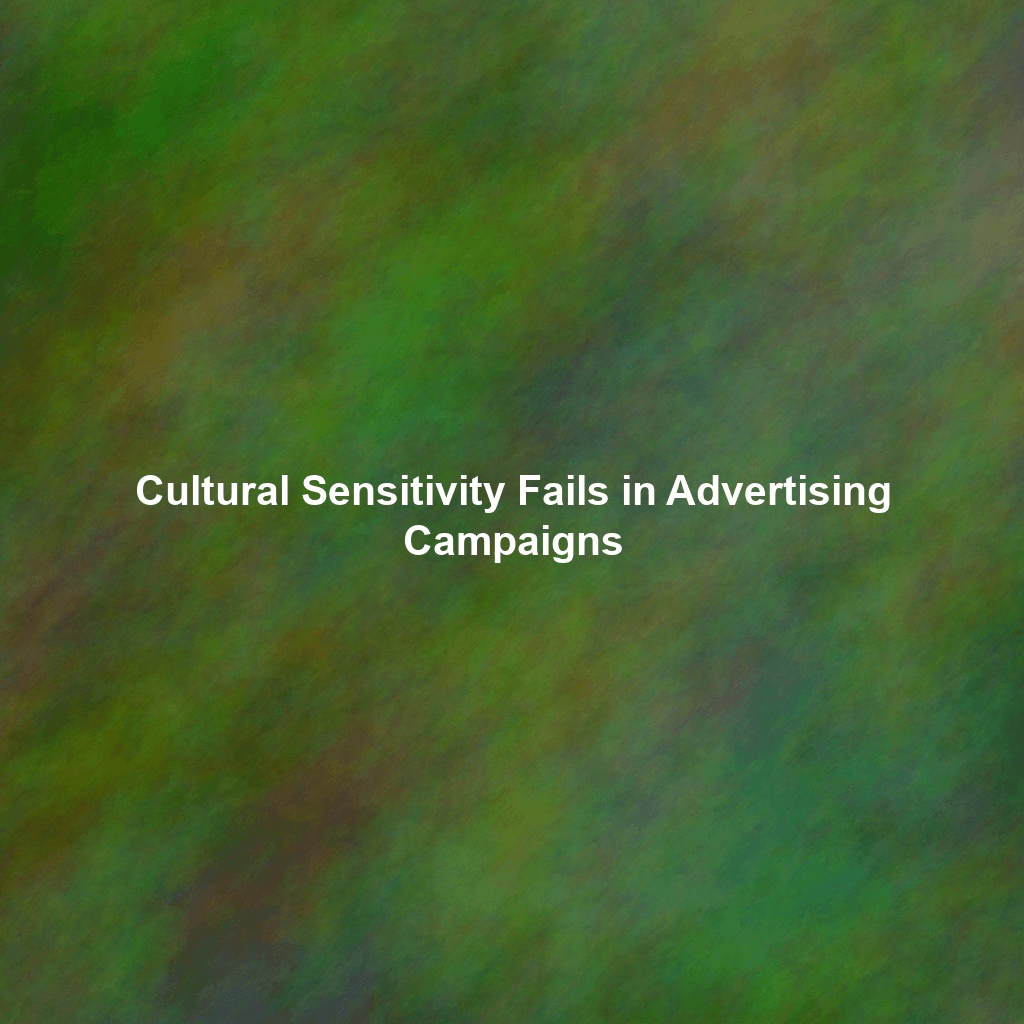The marketing landscape is constantly evolving, but few shifts are as profound as the impending demise of third-party cookies. As we approach 2030, the industry is bracing for a future where personalized experiences are no longer reliant on passively collected data. Instead, a new era is dawning, one where zero-party data reigns supreme. This article explores how this monumental change will reshape marketing strategies, impact customer relationships, and necessitate a renewed focus on trust and transparency.
The Inevitable Demise of Third-Party Cookies
For years, third-party cookies have been the backbone of targeted advertising. They allowed marketers to track users across the web, build detailed profiles, and deliver personalized ads. However, growing privacy concerns and increasing regulatory scrutiny (think GDPR, CCPA, and others) have accelerated their downfall. Browsers like Safari and Firefox have already blocked them, and Chrome’s eventual phase-out signals the definitive end of an era.
This change presents both a challenge and an opportunity for marketers. The challenge lies in finding alternative ways to understand and reach their target audiences. The opportunity lies in building more meaningful and sustainable relationships with customers based on genuine consent and value exchange.
The Ascent of Zero-Party Data: What It Is and Why It Matters
Zero-party data is information that customers intentionally and proactively share with a brand. This could include data provided through surveys, preference centers, quizzes, or even direct interactions with customer service. Crucially, it’s data that customers explicitly choose to provide because they see a clear benefit in doing so.
Why does this matter? Because zero-party data is:
- Accurate and Reliable: It comes directly from the source, eliminating the inaccuracies and assumptions inherent in inferred data.
- Contextual and Relevant: Customers share information in a specific context, giving marketers valuable insights into their needs and desires.
- Compliant and Ethical: It’s based on explicit consent, ensuring compliance with privacy regulations and building customer trust.
Impact on Targeting and Personalization in 2030
By 2030, successful marketing campaigns will be built on a foundation of zero-party data. Instead of relying on fragmented and often inaccurate third-party cookie data, marketers will leverage rich, first-hand insights to deliver truly personalized experiences. Imagine:
- Dynamic Content Personalization: Websites and apps that adapt in real-time based on explicitly stated preferences.
- Hyper-Relevant Product Recommendations: Suggestions based on past purchases, stated interests, and even future goals.
- Personalized Marketing Automation: Email campaigns and other marketing messages that are tailored to individual needs and preferences.
The key is to use zero-party data to create a more personalized and relevant customer journey, one that anticipates needs and provides value at every touchpoint.
Building Trust and Transparency: The Cornerstone of Zero-Party Data Collection
The success of a zero-party data strategy hinges on building trust and transparency with consumers. Customers are more likely to share information if they understand how it will be used and feel confident that their data will be protected. Here are some key strategies for fostering trust:
Be Transparent About Data Usage
Clearly explain how you plan to use the data customers provide. Use plain language and avoid technical jargon. Be upfront about your data collection practices and ensure customers understand their rights.
Offer Clear Value Exchange
Give customers a compelling reason to share their data. This could include personalized recommendations, exclusive discounts, early access to new products, or simply a better user experience.
Provide Control and Choice
Empower customers to manage their data preferences. Allow them to easily update their information, opt-out of specific communications, and even delete their data altogether.
Prioritize Data Security
Implement robust security measures to protect customer data from unauthorized access. Be transparent about your security protocols and ensure compliance with relevant data privacy regulations.
Strategies for Collecting Zero-Party Data
Collecting zero-party data requires a strategic approach. Here are some effective methods to consider:
- Preference Centers: Allow customers to specify their interests, preferences, and communication preferences.
- Surveys and Quizzes: Engage customers with interactive surveys and quizzes that gather valuable insights.
- Feedback Forms: Collect feedback on products, services, and overall customer experience.
- Loyalty Programs: Reward customers for sharing data and engaging with your brand.
- Personalized Onboarding Experiences: Guide new customers through a personalized onboarding process that collects relevant information.
Remember that the key is to make the data collection process seamless, enjoyable, and rewarding for customers.
The Future of Marketing in 2030: A Zero-Party Data Driven World
As we look ahead to 2030, it’s clear that zero-party data will be the lifeblood of effective marketing. By embracing a customer-centric approach, building trust, and prioritizing transparency, brands can unlock the power of zero-party data to create truly personalized experiences and forge lasting customer relationships. The death of third-party cookies is not an end, but a new beginning – a chance to build a more ethical, sustainable, and effective marketing ecosystem.
 Skip to content
Skip to content

